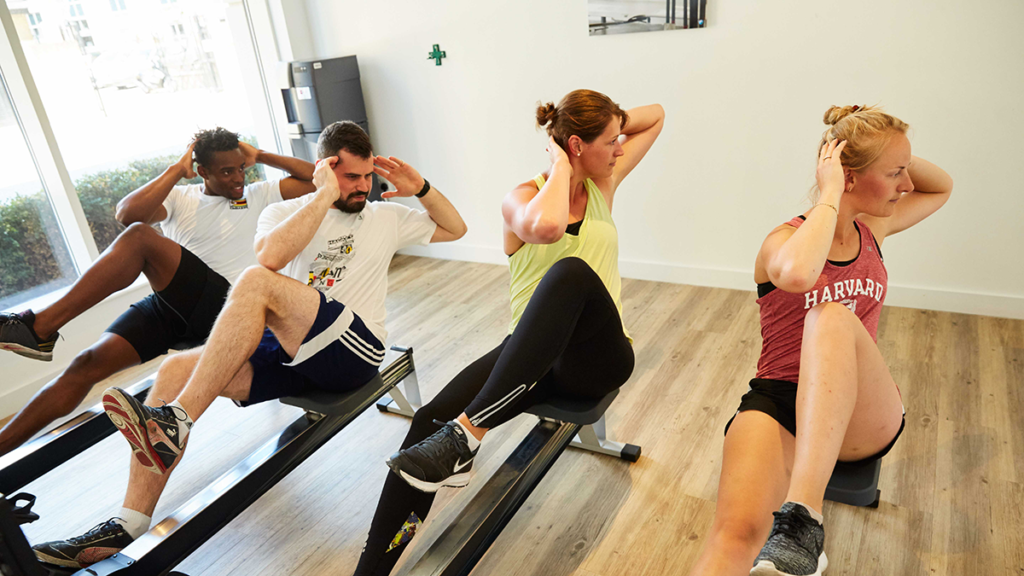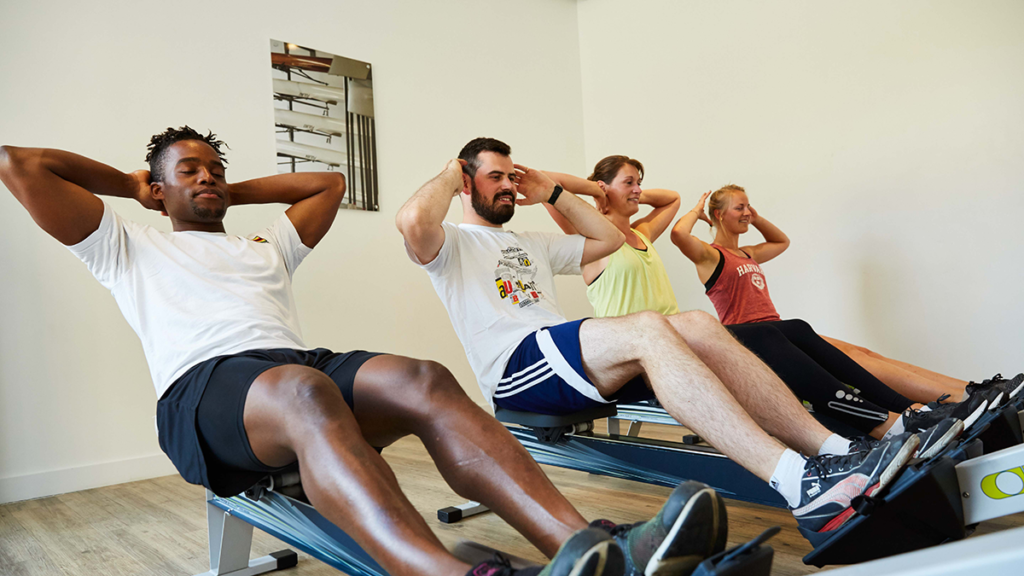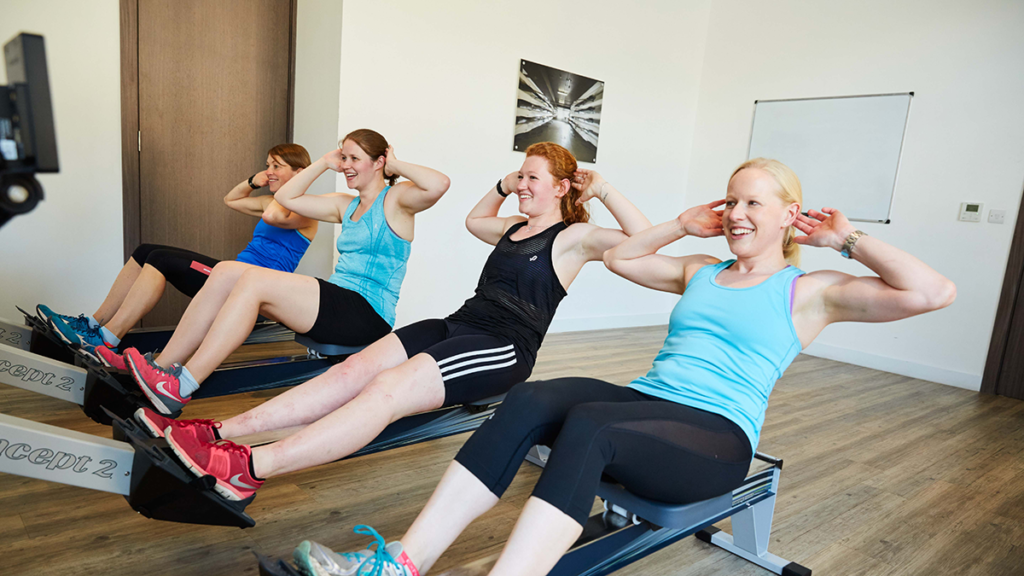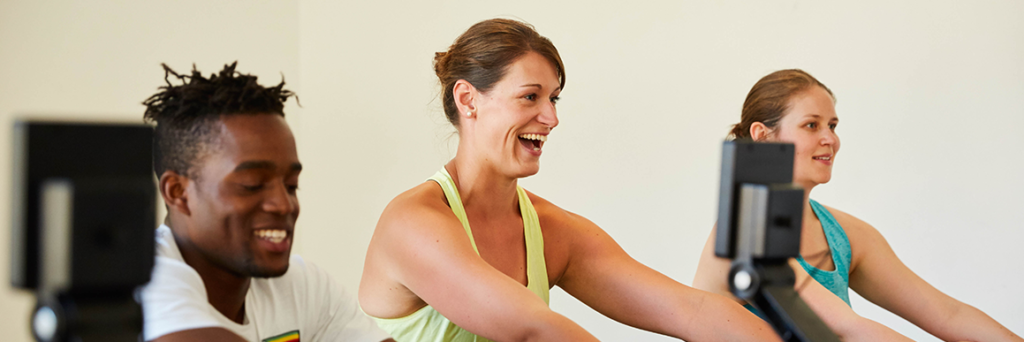Perfect your Technique
Sharpen up your technique to support your progression on the rowing machine allowing you to get the most out of your workouts.
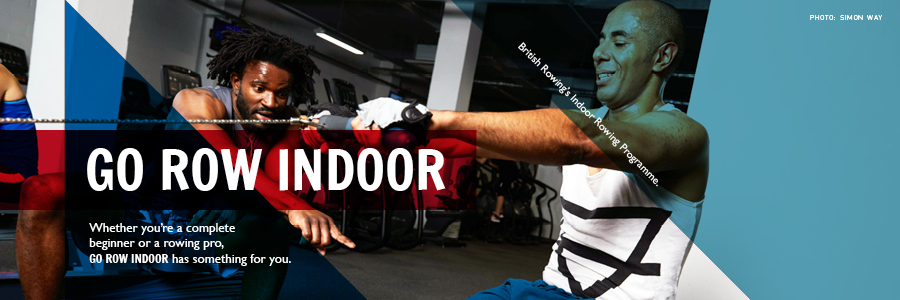
Once you have mastered the basics, try out these top tips:
Getting Set Up
| Technical Tips | |
|---|---|
| Keep the Damper Setting Low | The damper or resistance setting is like gears on a bicycle. The higher the gear, the heavier it will feel. Keeping the setting at four or below means you’re more likely to use all your muscle groups as intended as you will be able to sustain good technique for longer. |
| Adjust the Foot Rest | Your heels should be positioned in the foot rest so that the strap crosses over the ball of your foot. Correct foot height will make your workout more comfortable and support both good posture and technique. At the start of the drive phase, your knees should be over your ankles. This is the ideal position to produce optimum power in your legs for the next drive phase. |
- Technical Tips:
- Keep the Damper Setting Low
- The damper or resistance setting is like gears on a bicycle. The higher the gear, the heavier it will feel. Keeping the setting at four or below means you’re more likely to use all your muscle groups as intended as you will be able to sustain good technique for longer.
- Technical Tips:
- Adjust the Foot Rest
- Your heels should be positioned in the foot rest so that the strap crosses over the ball of your foot. Correct foot height will make your workout more comfortable and support both good posture and technique. At the start of the drive phase, your knees should be over your ankles. This is the ideal position to produce optimum power in your legs for the next drive phase.
Posture and Sequencing
| Technical Tips | |
|---|---|
| Focus on Posture | Keep your back long and straight with relaxed shoulders. Think about your body position compared to the hours on a clock face. As you row, allow your body to tip forwards and backwards from the hips between 11:00 and 1:00. Going any further forward or backwards will not benefit the efficiency of your stroke. |
| Focus on Sequence | As you start to move forward along the slide in the recovery phase, make sure your legs remain straight until the handle and arms have passed over your knees. It’s important to get the arms straight and body tipped forwards before bending the knees, otherwise the handle has to be lifted over the knees. This allows the stroke to be more controlled and consistent. |
| Remember – Legs not Arms | Roughly 60% of your power should come from pushing with the legs, 30% from tensing the core and 10% from the arms. Keep your arms straight when you take the first stroke – push with your legs first and then guide the handle with your arms into your chest. Think of this movement as being similar to a squat jump (if you are familiar with these). |
| Relax and Keep a Loose Grip on the Handle | Keep your arms, hands and upper body as relaxed as possible. These parts of the body make up a very small percentage of your power output when you take a stroke. Avoid spending unnecessary energy by gripping too hard, or pulling with the arms too early in the stroke. |
| Pull the Handle Straight into your Chest | Pull the handle in a straight line towards your bottom rib or sternum – not your stomach or shoulders. This will allow a smoother stroke and helps keep the flywheel (the wheel inside the machine) moving at a constant speed. |
| Aim for Straight Shins | When moving forward during the recovery phase, focus on getting your shins straight (knees over ankles) with your heels firm into the footplate, at which point you can then take the next stroke. Your seat should never run into your heels as you are then too far up the slide and will not be able to produce optimum power in your legs for the next drive phase. |
- Technical Tips:
- Focus on Posture
- Keep your back long and straight with relaxed shoulders. Think about your body position compared to the hours on a clock face. As you row, allow your body to tip forwards and backwards from the hips between 11:00 and 1:00. Going any further forward or backwards will not benefit the efficiency of your stroke.
- Technical Tips:
- Focus on Sequence
- As you start to move forward along the slide in the recovery phase, make sure your legs remain straight until the handle and arms have passed over your knees. It’s important to get the arms straight and body tipped forwards before bending the knees, otherwise the handle has to be lifted over the knees. This allows the stroke to be more controlled and consistent.
- Technical Tips:
- Remember – Legs not Arms
- Roughly 60% of your power should come from pushing with the legs, 30% from tensing the core and 10% from the arms. Keep your arms straight when you take the first stroke – push with your legs first and then guide the handle with your arms into your chest. Think of this movement as being similar to a squat jump (if you are familiar with these).
- Technical Tips:
- Relax and Keep a Loose Grip on the Handle
- Keep your arms, hands and upper body as relaxed as possible. These parts of the body make up a very small percentage of your power output when you take a stroke. Avoid spending unnecessary energy by gripping too hard, or pulling with the arms too early in the stroke.
- Technical Tips:
- Pull the Handle Straight into your Chest
- Pull the handle in a straight line towards your bottom rib or sternum – not your stomach or shoulders. This will allow a smoother stroke and helps keep the flywheel (the wheel inside the machine) moving at a constant speed.
- Technical Tips:
- Aim for Straight Shins
- When moving forward during the recovery phase, focus on getting your shins straight (knees over ankles) with your heels firm into the footplate, at which point you can then take the next stroke. Your seat should never run into your heels as you are then too far up the slide and will not be able to produce optimum power in your legs for the next drive phase.
Timing
| Technical Tips | |
|---|---|
| Slow Down to Speed Up | Take your time when moving up the slide in the recovery phase. This will allow more opportunity to recover, take a deep breath and get ready to use that leg strength on the next stroke. |
| Keep the Fly Wheel Spinning | Keeping the fly wheel moving at a constant speed is essential if you want to optimise the efficiency of your workout. If it slows down, you will need to expend significant energy to bring it back up to speed. So try to row smoothly and don’t stop completely before or after you have taken your stroke. |
- Technical Tips:
- Slow Down to Speed Up
- Take your time when moving up the slide in the recovery phase. This will allow more opportunity to recover, take a deep breath and get ready to use that leg strength on the next stroke.
- Technical Tips:
- Keep the Fly Wheel Spinning
- Keeping the fly wheel moving at a constant speed is essential if you want to optimise the efficiency of your workout. If it slows down, you will need to expend significant energy to bring it back up to speed. So try to row smoothly and don’t stop completely before or after you have taken your stroke.
Mix it Up!
| Technical Tips | |
|---|---|
| Row to the Beat of your Favourite Track | Music can help to keep you motivated but is also a big factor in improving rhythm, timing and technique. So choose your favourite workout tracks and remember to count two seconds during the drive phase and three during the recovery phase. |
| Increase Variety | Vary your distances, challenges and times. You will quickly notice the difference in your fitness, your posture and your technique. The more time you spend working out on the machine, the smoother and more consistent your technique will become. |
| Row with your Mates | This can help improve your timing and rhythm on the rowing machine by following and mirroring each other’s technique during workouts. Try out different stroke rates and increase or decrease the intensity. You could even use a gym mirror to see what your technique looks like and tweak it during your session. |
| Use a Lower Stroke Rate | From time to time it is important to use lower stroke rates (18 to 24spm) to improve your technique and develop an effective rowing style. At rowing rates below 24 you will be able to focus on the legs- body-arms, arms-body- legs sequence. Count to two on the drive phase and three on the recovery. |
- Technical Tips:
- Row to the Beat of your Favourite Track
- Music can help to keep you motivated but is also a big factor in improving rhythm, timing and technique. So choose your favourite workout tracks and remember to count two seconds during the drive phase and three during the recovery phase.
- Technical Tips:
- Increase Variety
- Vary your distances, challenges and times. You will quickly notice the difference in your fitness, your posture and your technique. The more time you spend working out on the machine, the smoother and more consistent your technique will become.
- Technical Tips:
- Row with your Mates
- This can help improve your timing and rhythm on the rowing machine by following and mirroring each other’s technique during workouts. Try out different stroke rates and increase or decrease the intensity. You could even use a gym mirror to see what your technique looks like and tweak it during your session.
- Technical Tips:
- Use a Lower Stroke Rate
- From time to time it is important to use lower stroke rates (18 to 24spm) to improve your technique and develop an effective rowing style. At rowing rates below 24 you will be able to focus on the legs- body-arms, arms-body- legs sequence. Count to two on the drive phase and three on the recovery.
Off the Rowing Machine
| Technical tips | |
|---|---|
| Strengthen your Core | A strong core is essential in achieving an efficient rowing technique. Try doing planks, side planks or sit-ups to help improve yours. This will improve your technique and performance as you can sit up straight and remain in a good position for longer. |
- Technical tips:
- Strengthen your Core
- A strong core is essential in achieving an efficient rowing technique. Try doing planks, side planks or sit-ups to help improve yours. This will improve your technique and performance as you can sit up straight and remain in a good position for longer.
